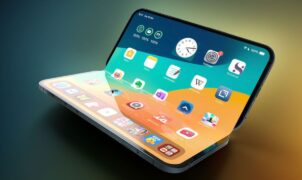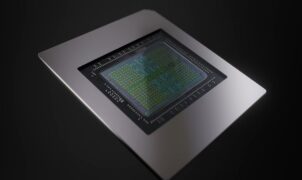TECH NEWS – MediaTek is preparing to launch the Dimensity 9400 Plus, a powerful chip with a mind-blowing Bluetooth range of up to 10 kilometers. Alongside its wireless advancements, it also offers stronger AI processing and smarter battery efficiency—though not every aspect has received an upgrade.
Bluetooth has been with us for decades, but few know its origins. The name comes from Harald “Bluetooth” Gormsson, a Scandinavian king from over 1,000 years ago known for uniting Denmark and Norway—and for his blue-stained tooth. When Ericsson engineer Jaap Haartsen invented the short-range wireless tech in 1999, he paid tribute by naming it Bluetooth. The standard has evolved greatly since, and now it’s heading into unprecedented territory.
10 KM of Bluetooth? MediaTek Breaks Barriers
According to Android Authority, the Dimensity 9400 Plus chip dramatically expands Bluetooth range from the previous 1.5 km to a theoretical 10 km, a monumental leap. On top of that, the chip includes a core clocked at 3.73 GHz and retains 10 MB of system cache along with 12 MB of L3 cache, helping enhance single-core performance modestly.
The chip also delivers up to 20% better AI capabilities, thanks to the SpD+ technique. Perhaps most impressively, it can run massive language models—like the 8-billion-parameter DeepSeek R1—entirely on-device, enabling advanced processing without cloud reliance. Bluetooth range might be its headline feature, but its full capabilities are just as compelling.
Battery Efficiency Gains, but Graphics Stay the Same
MediaTek has also equipped the chip with support for high-voltage batteries, letting thinner phones stretch their battery life further. However, the GPU, 5G modem, and camera functionalities have remained largely unchanged. Still, the added benefits are enough to make the chip stand out among tech enthusiasts.
According to reports, the first phones powered by the Dimensity 9400 Plus will debut in Asia this month, with European releases to follow later this year. As always, that 10 km range will only be achievable in ideal conditions—just like theoretical Wi-Fi speeds.
Source: 3DJuegos
















Leave a Reply